
Laura Dana Smith
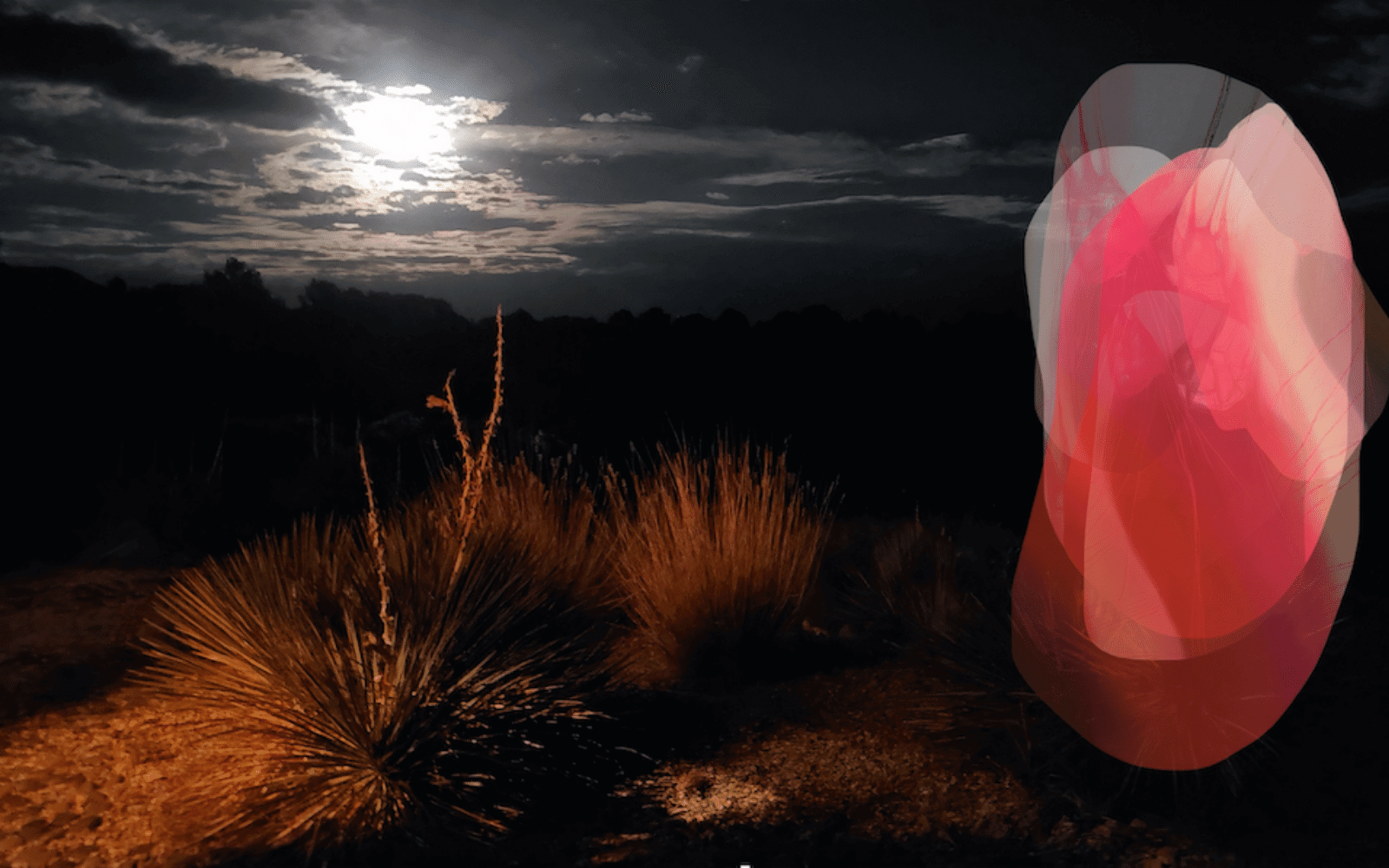

About the Artist
Raised in the Northeastern United States, Lauren Dana Smith is a painter and art psychotherapist who lives on the mesa in Taos, New Mexico. She creates textural and sculptural paintings that explore the interior spaces and exterior boundaries of physical form, the natural world and human consciousness. Her digital work expresses the tension and musculature of body and soul; the interior spaces we occupy, and those which inhabit us. A visual artist and mental health care worker shaped by many years of clinical experience in hospitals, her recent series brings arts-based perspectives into the dialogue around living, dying, healing and wellness in this country. She is interested in honoring the depth, contour, palette and narrative of the American Southwest and its parallels to personal histories, myths and memories.
Smith’s work has been exhibited in group shows including Harwood Art Center in Albuquerque, New Mexico; Albuquerque Public Art projects; Skidmore College in Saratoga Springs, NY; Pratt Institute, New York, NY; Grady Alexis Gallery at El Taller Latino Americano in New York, NY; The Living Gallery in New York, NY; The Rubelle and Norman Schafler Gallery, Brooklyn, NY; Be Electric Studios in Brooklyn, NY; the Emily Harvey Foundation in New York, NY and 3rd Ward in Brooklyn, NY. She produced the successful arts festival Bushwick Open Studios with the organization Arts in Bushwick from 2012-2015 with a mission to promote accessible arts programming for all neighborhood residents.
She recently received the SURFACE: Emerging Artist of New Mexico 2021 award from the Harwood Art Center in Albuquerque, NM. Smith studied painting and studio art and received her Bachelor of Arts at Skidmore College in Saratoga Springs, NY; she received her M.P.S. in Creative Arts Therapy and Creativity Development from Pratt Institute in Brooklyn, NY.
Artist Statement
Lauren Dana Smith’s body of work explores the climate of internal place, magnified through the layering of unexpected yet familiar corporeal forms, the emotional saturation of color and the stillness of memory. Smith’s feminist approach tests the personal body boundaries we choose and those we don’t. Interested in honoring the depth and narrative of the American Southwest and its parallels to personal and ancestral memory through a contemporary lens, Smith’s work analyzes color, texture, climate and existential presence in a departure from the familiar iconography of traditional Southwestern art.
Smith’s process-oriented approach is sensitive to the psychology and politics of land and body through the visual fluctuation between macro-cellular abstraction and broad topographies. A viewer may feel that they are simultaneously hovering above the work and suspended inside of it. At play is a tension between our inner landscapes and outer environments: a constant rupture and repair. This rupture/repair process is evident in both her analog and digital series. A visual artist and art psychotherapist shaped by many years of prior clinical experiences in hospitals and intensive care units, she brings arts-based perspectives into the dialogue around living, dying, healing and wellness in the United States.
Her paintings forge inquiries into the impact of personal and collective trauma and transformative experience on the psyche. Smith’s work ultimately invites a path through our intimate interior spaces and along the exterior boundaries of physical form, the natural world and human consciousness. Each work considers the bodily experience of the land and the mirror it provides to us in times of calm and times of chaos.
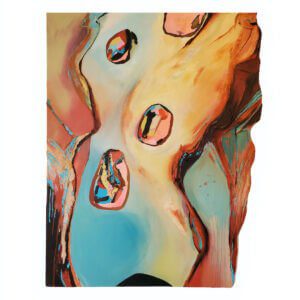
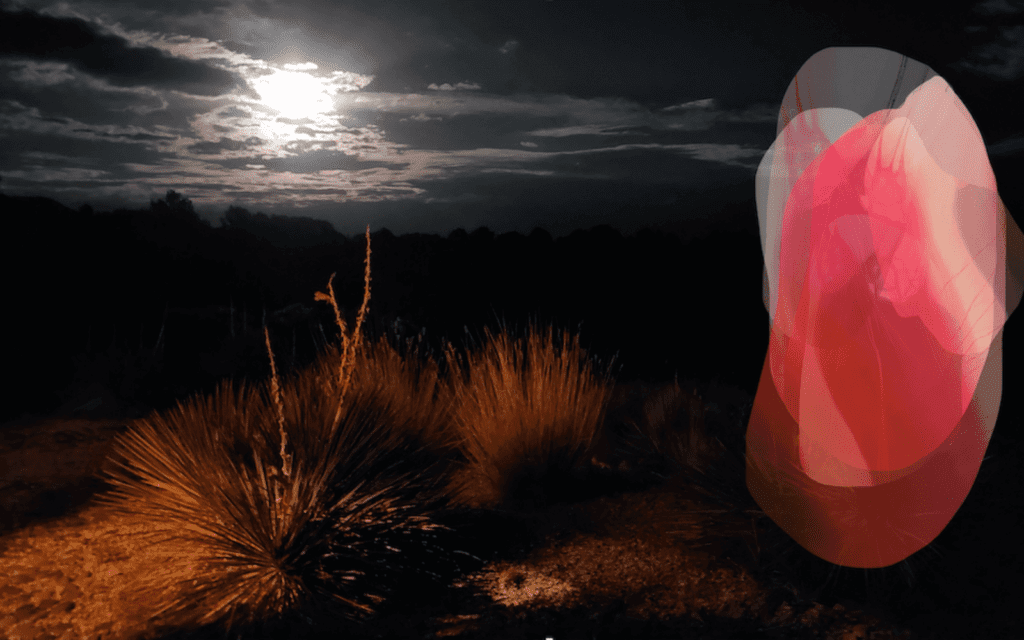
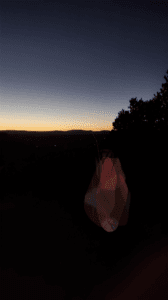
What is your “Dreamland” ?
All of my work whether digital or analog connects to an exploration of land – however, the viewer is invited to notice abstracted parallels between land and body and the importance of considering boundary through intimate internal spaces and external forms. A dreamland is the space we occupy in the collective – through shared memory, history, dreams and imagination. My paintings are all dreamlands; you can imagine yourself hovering above them and observing the vast topographies below, or you can imagine yourself as the land itself, and explore innermost cavities, psychic spaces and deep pockets of the self and psyche.
Find the Artist on:









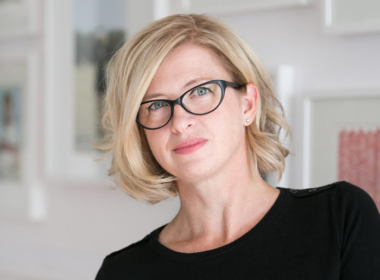
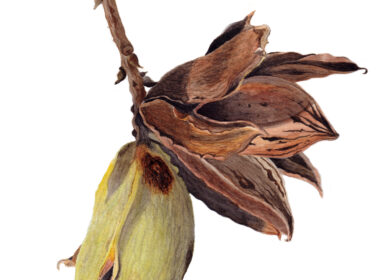

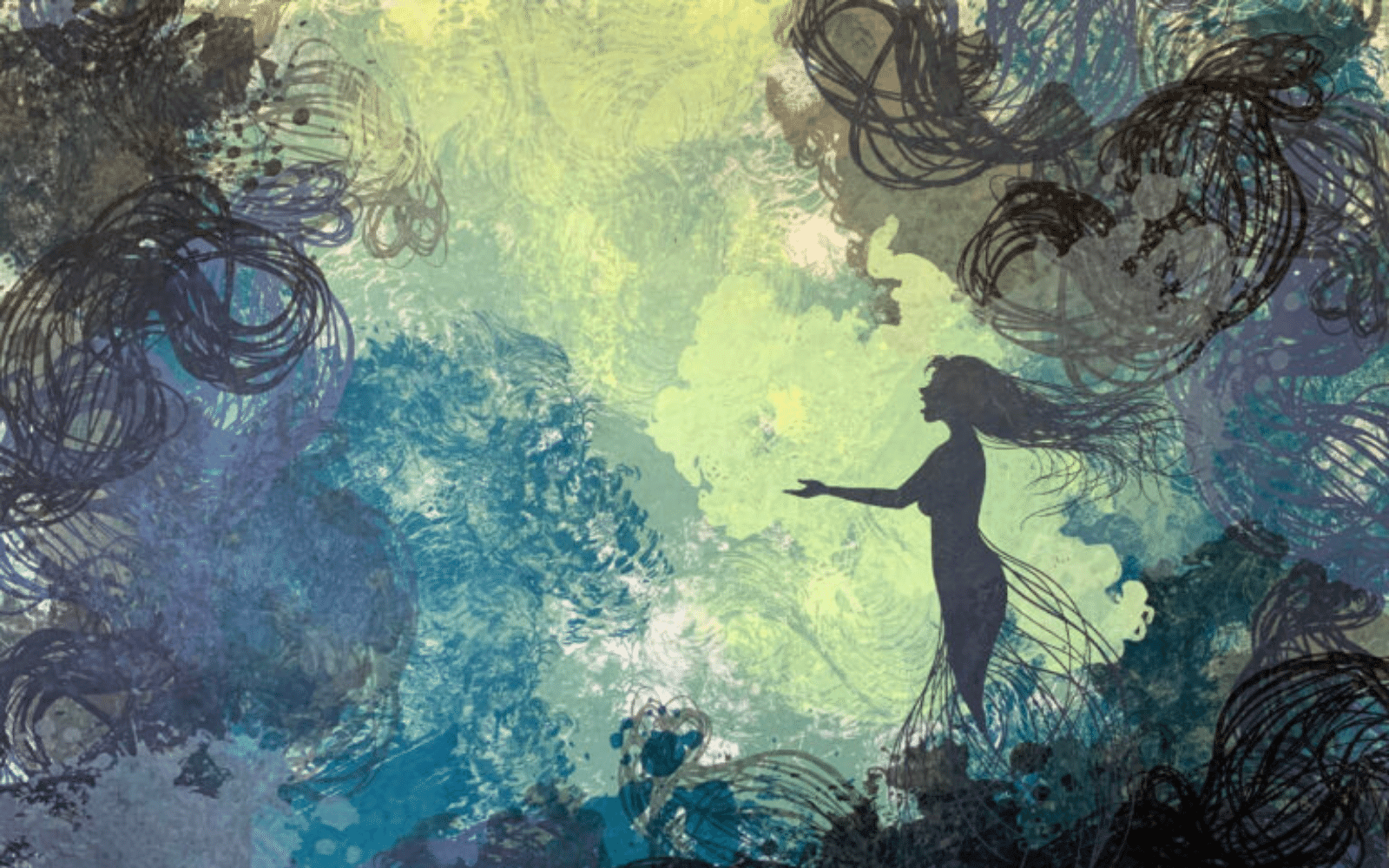
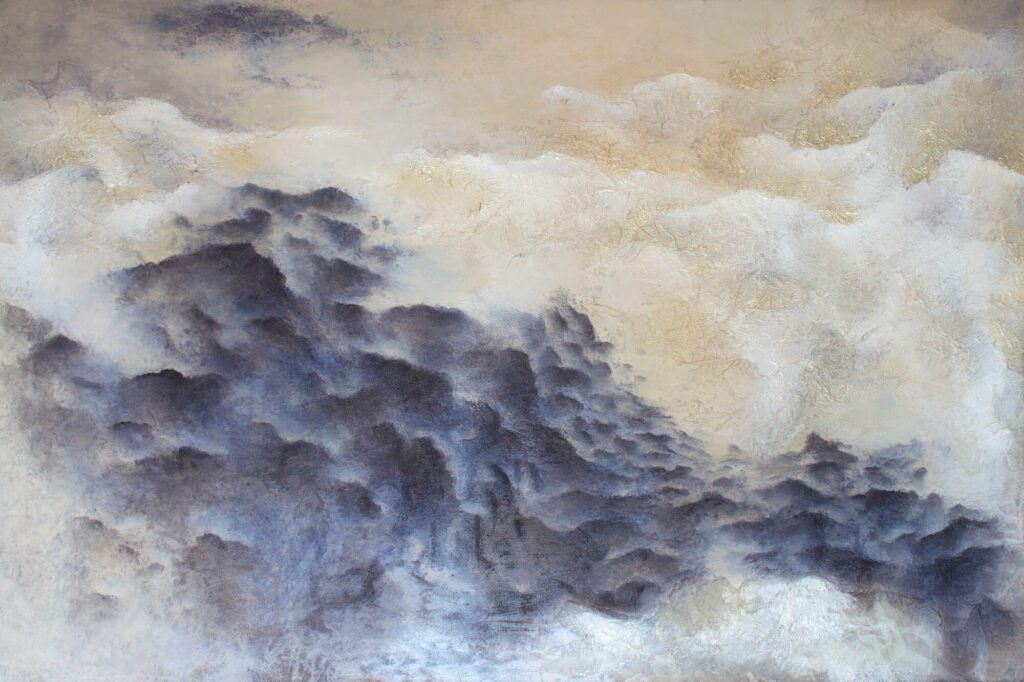


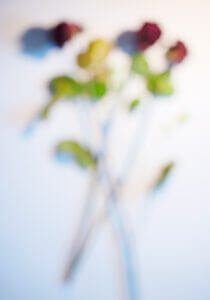

Comments 3